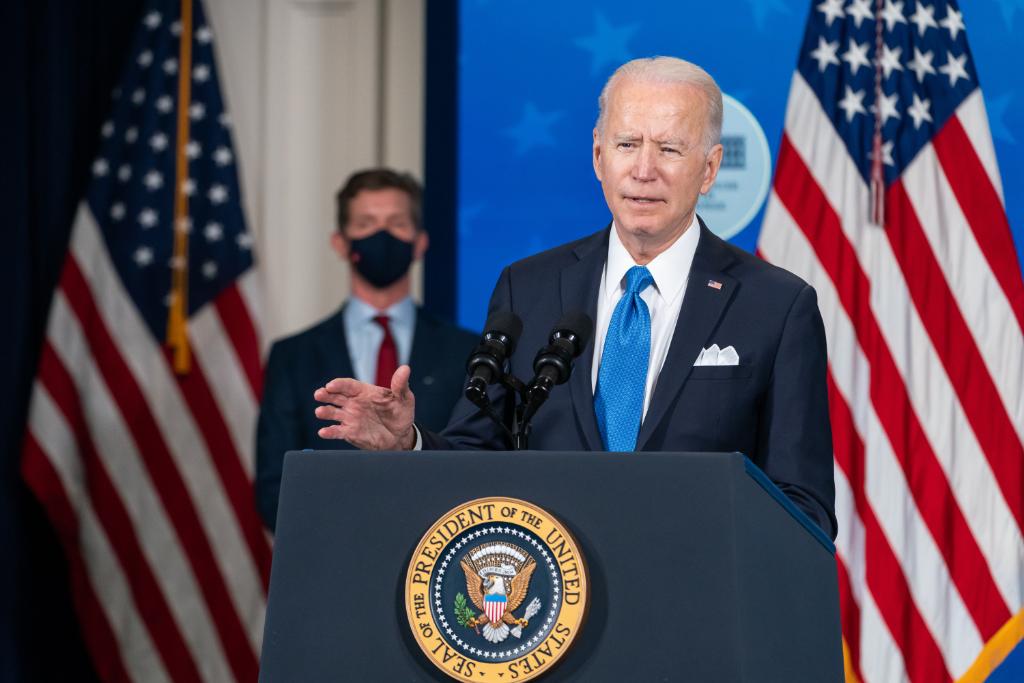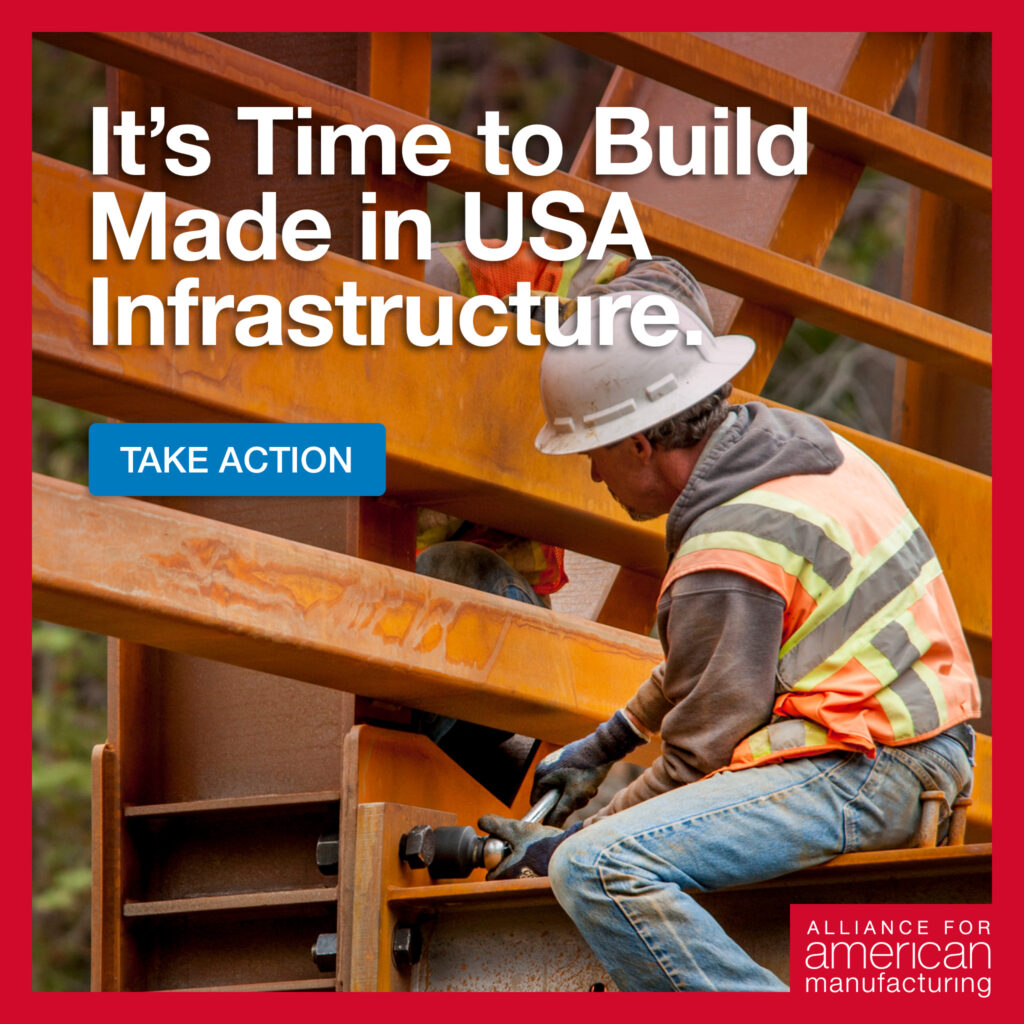
Rebuilding America’s crumbling infrastructure will create millions of new jobs and boost the economy at a critical time. But the U.S. also needs to shore up its critical supply chains to counter its chief global rival.
President Biden signed a $1.9 trillion stimulus package into law on Thursday. The measure is designed to provide much-needed relief to individuals in the wake of the coronavirus pandemic — some folks may see $1,400 checks appear in their bank accounts as early as this weekend — and also extends unemployment insurance, provides funding to help schools reopen and cities address budget shortfalls, and boosts COVID-19 vaccination efforts.
While a $1.9 trillion bill is a big f—ing deal, it’s only the first big priority for the Biden administration. Team Joe is now expected to pivot to working on the president’s Build Back Better plan, which includes spending around $2 trillion to rebuild infrastructure and pivot to a clean energy future.
There’s pretty strong Democratic support for such investment on Capitol Hill, and congressional leaders are looking to move quickly. Sen. Tom Carper (D-Del.), who chairs the Environment and Public Works Committee, said on Wednesday that he expects an infrastructure bill to pass out of his panel in May and reach the president’s desk by September.
Of course, there’s still a lot to be worked out. For one, there isn’t even a bill yet, and there are various factions among Democrats who are expected to jockey for their own priorities in the measure. The bigger hurdle, however, will be trying to build bipartisan support for infrastructure investment, considering that no Republican voted for the COVID-19 package.
That may not matter. While the White House clearly prefers that infrastructure investment be bipartisan, officials also have made it clear they’re willing to go it alone again if they need to.
The important thing is that something get done. America’s infrastructure is at a breaking point, as the failure of the electric grid in Texas and other states during winter storms last month tragically showcased. Just last week, the American Society of Civil Engineers released their latest Report Card on America’s Infrastructure, giving the United States a pathetic C- grade (although specific pieces of infrastructure, including roads, school buildings and public transit, landed grades of D+ and below).
Investing to fix all these problems will create millions of new jobs and help jumpstart the economy at a critical time, and will be especially impactful if Buy America preferences are included.
Infrastructure isn’t the only thing Congress and the White House are looking to tackle in the coming months — there’s also the big issue of strengthening domestic supply chains and taking on China.
Senate Majority Leader Chuck Schumer (D-N.Y.) is expected to introduce legislation in the coming days “aimed at countering China’s economic influence” that will include big investments in U.S. manufacturing and supply chains.
Indeed, there is growing bipartisan support for industrial policy in Washington to take on China, which has been driven in recent months by the global semiconductor shortage. But lawmakers on both sides of the aisle have introduced a variety of bills to shore up domestic supply chains and take on China. When Biden hosted a bipartisan group of lawmakers at the White House to talk about the issue, he called it “very productive.”
“This is a critical area where Republicans and Democrats agree,” Biden said.
The support for industrial policy is a massive (and much needed) shift in Washington, where the general consensus among both parties for decades allowed for the offshoring of American jobs and industrial production. Now we are seeing the negative impacts of that consensus — U.S. share of global chip making shrunk from 37% in 1990 to 12% today — and there’s bipartisan agreement we need to bring some of it back.
Policymakers will need to move quickly, because China is primed to take charge. As the Wall Street Journal recently noted:
Besides pouring money into its own chip sector, China is dialing up threats to reunite, by force if necessary, with Taiwan, a democratic self-governing island that Beijing claims as its territory. Taiwan supplies 22% of the world’s chips and 50% of its most advanced. Imagine American leaders discovering at the height of the Cold War that its most sophisticated jet engines were all made in West Berlin, surrounded by the Red Army. You get a sense of the urgency in Washington over semiconductors now.
The stimulus package signed into law on Thursday is a step toward getting the United States back on track after a historically challenging year. With COVID-19 cases going down and the number of Americans getting vaccines rising each day, it finally seems like there’s a light at the end of the tunnel.
But the country is also at a crossroads. We can either rise to the occasion, taking action to rebuild America, create a clean energy future and reassert our technological leadership. Or, we can let partisan bickering once again create gridlock, allowing China to seize global control and our country to continue to fall apart.
We know what we prefer to do. Please join us in calling on Congress and the White House to get the job done.

